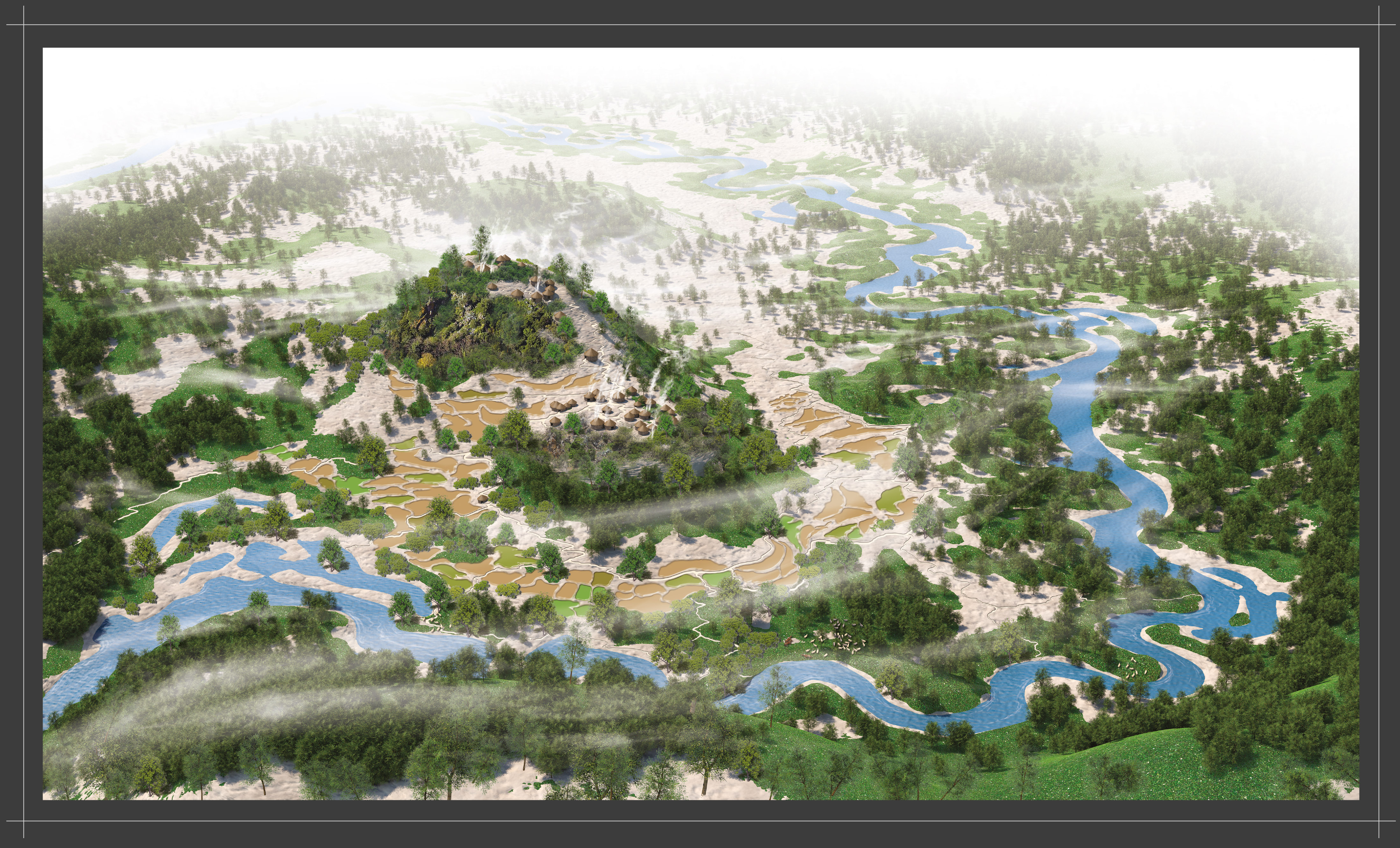Archaeology has shown an intense occupation for at least the last five millennia of the area where today Leiria Castle stands. Traces of human presence go back to the Copper Age, or the Chalcolithic (3rd millennium BC), during which the population would have settled at the top of the hill. Later, during the Bronze Age (2nd millennium BC) the preferred settlement sites would have been the slopes and the flattened areas. During the Iron Age (1st millennium BC), the top of the hill would continue to be inhabited. Among the various people that occupied the Iberian Peninsula before the Roman settlement, the Lusitanians naturally stand out. However, it would be the Turduli that would occupy the region and that would later be Romanised. There are Punic ceramics from the far east that confirm the connection of the people of this settlement with the Mediterranean world, and on the castle hill there are traces of an important fortified village that would have been indeed Romanised.





